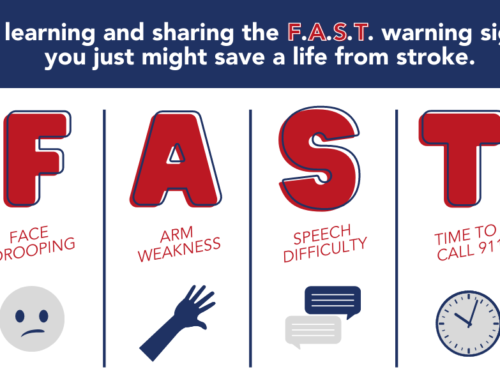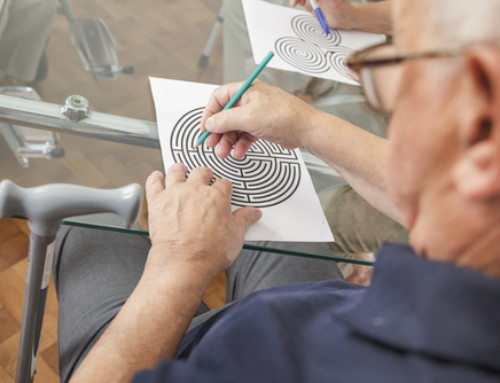 In the United States, 1 in every 20 deaths is caused by stroke. For those who survive, there are major long-term adjustments as they get used to what life looks like after a stroke. A major area of focus in healthcare is stroke prevention: We want to prevent attacks and any adverse short- or long-term effects.
In the United States, 1 in every 20 deaths is caused by stroke. For those who survive, there are major long-term adjustments as they get used to what life looks like after a stroke. A major area of focus in healthcare is stroke prevention: We want to prevent attacks and any adverse short- or long-term effects.
While medical professionals are often able to manage strokes and associated effects, that doesn’t mean you shouldn’t do everything in your power to reduce the chances of one from happening to you. There are risk factors that are within your control, and evidence backs up the prevention tips we’ve recommended here.
1. Identify Your Individual Risk
Your individual stroke risk is a complex consideration, based on a range of factors from age to genetics. Here are some examples:
- Age: Strokes can occur at any age, but people aged 55 and older are at an increased risk.
- Atrial Fibrillation: This arrhythmia can increase a patient’s risk of stroke by up to six times.
- Sex: Women have more strokes and stroke-associated deaths than men.
- Obesity: Being overweight is a primary risk factor for stroke.
- Race: African Americans are far more likely to have a stroke, and more likely to die from it. Hispanics have strokes at younger ages than their Caucasian counterparts and have a unique set of risk factors.
While you cannot change some of these risk factors, you can familiarize yourself with them and work on the other factors within your control.
2. Eat Well and Be Active
A heart-healthy diet and maintaining an appropriate weight play a crucial role in your overall health. Stroke risk is no different. Your diet should be full of whole foods like fruits and vegetables, along with whole grains and low-sodium options. Eating this way can lower your blood pressure, which is a major contributing factor to strokes. Exercising regularly can also keep blood pressure and heart rate low, along with a wide range of other health benefits.
3. Drink Less (and Don’t Smoke!)
If you’re a drinker, you might want to consider cutting back. Though some studies indicate drinking small amounts may actually reduce your risk of stroke, we’re talking no more than a drink a day. If you’re trying to decide what to drink, try red wine — its resveratrol content is thought to have health benefits for your heart.
While alcohol might be fine in moderation, smoking is not. It’s one of the strongest, most controllable risk factors. Once you quit, the risk of stroke drops dramatically within just a few years of cessation.
4. Monitor Existing Medical Conditions
Certain medical conditions — diabetes, high blood pressure, heart disease, and others — can increase your risk of stroke. Getting those conditions under control is often an effective way of mitigating that risk. Talk with your doctor about lifestyle changes or treatment options to make sure you are on track with managing your health.
5. Know When to Act FAST
Learning the warning signs of stroke might not help you prevent a stroke, but you can prevent the absolute worst-case scenario if you do experience one. Seeking treatment quickly is associated with better outcomes after a stroke.
Doctors recommend memorizing the “FAST” method, which is an acronym standing for the steps:
- Face: Is one side drooping when you smile?
- Arms: If you lift both arms, does one fall back down?
- Speech: Are you slurring or experiencing issues when speaking?
- Time: If you’re experiencing any of these warning signs, call 911 as soon as possible.
Even people in seemingly perfect health, exhibiting none of the risk factors, and doing all the “right” things can experience a stroke. It’s critical to be prepared.
If you have any questions or concerns about your individual stroke risk and how to develop a prevention plan, make an appointment with a Tri-City Medical Center doctor today for a full assessment with a qualified professional. Our Cardiovascular Health Institute (CVHI) is a trusted San Diego provider of heart screenings and care, and we offer a wide array of services and treatments to help you maintain your best health.





![Side Effects of a Stroke [INFOGRAPHIC]](https://www.tricitymed.org/wp-content/uploads/2018/04/shutterstock_596475470-500x383.jpg)